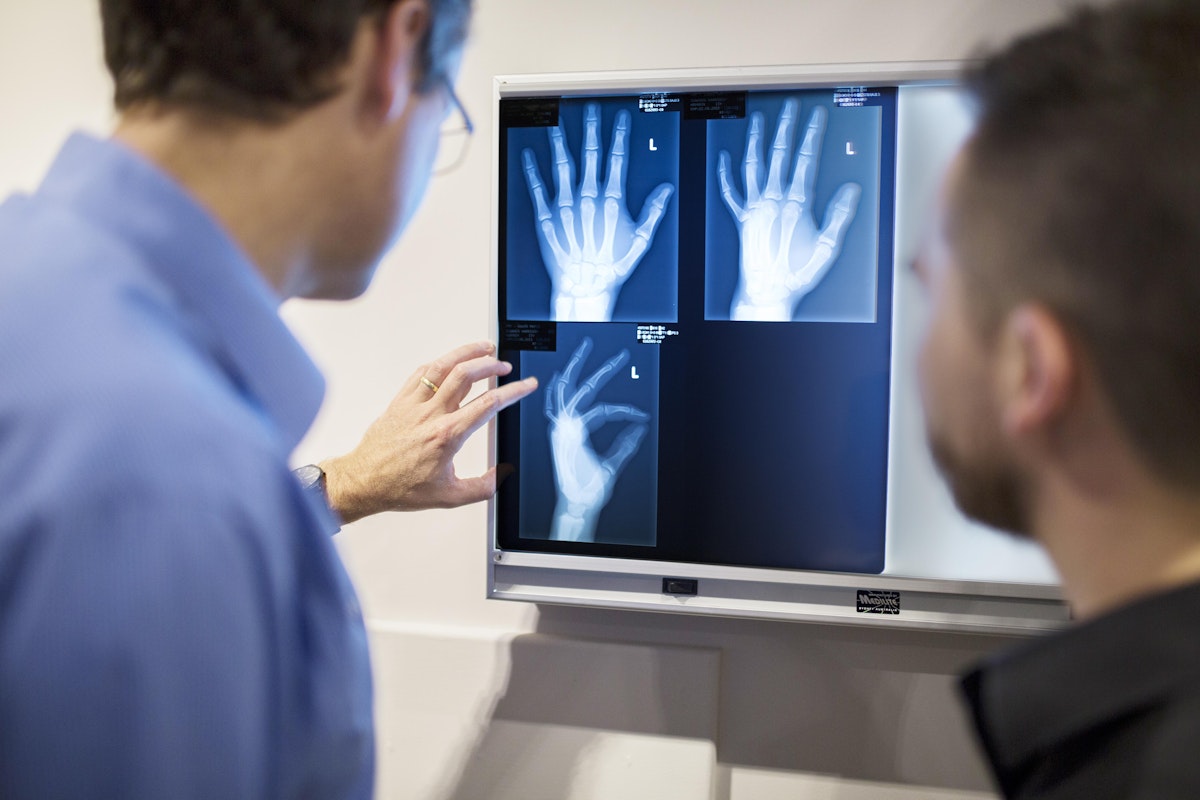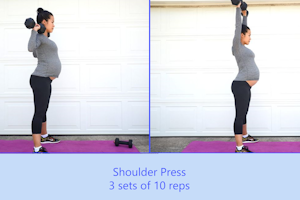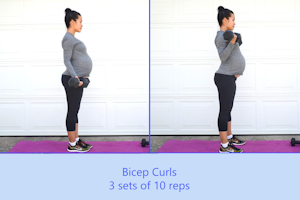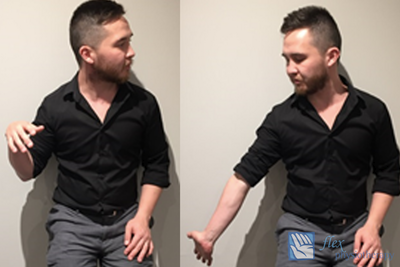
"Have I got carpal tunnel syndrome?"
This is a common phrase heard in physiotherapy clinics around Australia.
What is Carpal Tunnel Syndrome? Why do you have it? And what can you do about it ?
The carpal tunnel is the name of a region on the front of your wrist. Passing through it are nine tendons which help to move your fingers and thumb, and an important nerve called the Median Nerve. Most of the time the tendons and nerve live happily next to each other and get along well. But sometimes they become annoyed , usually because something is squashing in on them.
Typical Symptoms:
- Tingling (pins and needles)
- Numbness
- Pain
- Clumsiness
- Weakness
This may be because you are putting your hand in postures or positions that cause the carpal tunnel to become narrower. For example, if you sleep tucked up with your hands curled forwards, you may wake with tingling (pins and needles) or numbness in your hands. Or, if you have sustained pressure on the front of your wrists while working on a computer, you may notice these symptoms towards the end of a working day.
Sometimes the pressure is increased in the carpal tunnel because of repetitive or prolonged gripping activities , such as driving or carrying shopping bags . This can be due to some small muscles within the hand being pulled into the carpal tunnel, placing pressure on the nerve.
There are other possible causes of carpal tunnel syndrome, including inflammation and arthritis around the wrist region. In some cases, the cause may never be identified. And in other cases, there might even be a problem further up the nerve (perhaps at the elbow, shoulder, or neck) which is giving you symptoms that mimic carpal tunnel syndrome. A thorough assessment by your doctor or physiotherapist should help determine what is going on.


 Median Nerve Gliding Exercise
Median Nerve Gliding Exercise